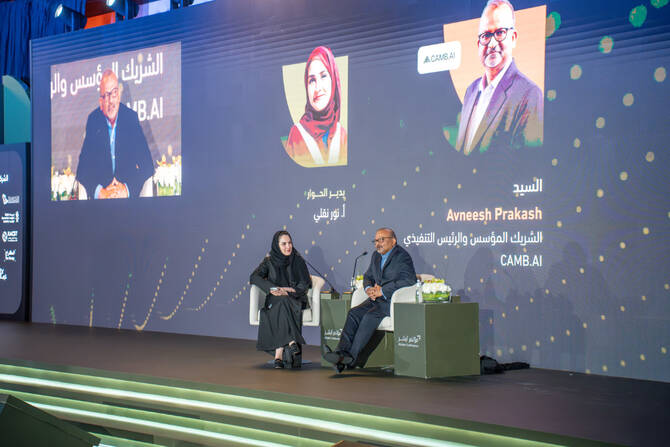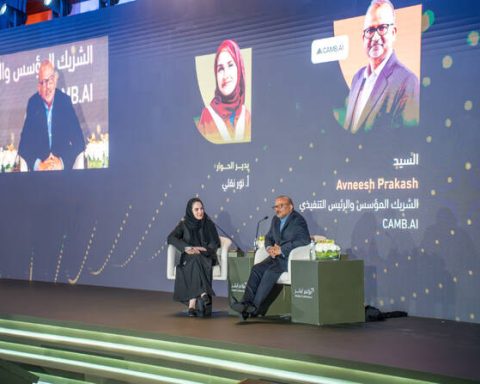The story has always been a cornerstone of human culture — a reflection of people’s values, beliefs, and experiences. In Arabic literature, stories have long served not only as a source of entertainment but as vessels of wisdom, morality, and collective memory.
From pre-Islamic times, Arabs mastered the art of storytelling, celebrating heroism and virtue through tales like Antarah ibn Shaddad and Al-Zeer Salem, which symbolized courage, honor, and love.
The Qur’anic stories further elevated the narrative tradition, blending eloquence with divine purpose. Tales such as the story of Prophet Yusuf embody patience and faith, while the story of Musa and Pharaoh portrays the eternal struggle between truth and tyranny.
In modern times, Arabic storytelling evolved through literary pioneers such as Naguib Mahfouz, Yusuf Idris, and Ghassan Kanafani, who transformed the short story and novel into powerful tools for exploring the human condition and social reality.
A story is more than a narrative — it is a journey of emotion and reflection, bridging imagination and truth. Through its characters and events, it nurtures empathy, wisdom, and a deeper understanding of life.
Among the most cherished Arabic stories are:
“The Young Prince and the Stars” – A tale of courage and perseverance, where a young prince restores light to his village and discovers that true strength lies in persistence and kindness.
“The Old Woman and the Dream” – A moving story of hope, where a woman’s dream to plant a tree in barren land blossoms into a symbol of resilience and renewal.
Ultimately, storytelling connects hearts across generations — preserving our cultural identity while inspiring creativity and reflection. In every tale lies a piece of who we are, and a whisper of who we aspire to become.

















